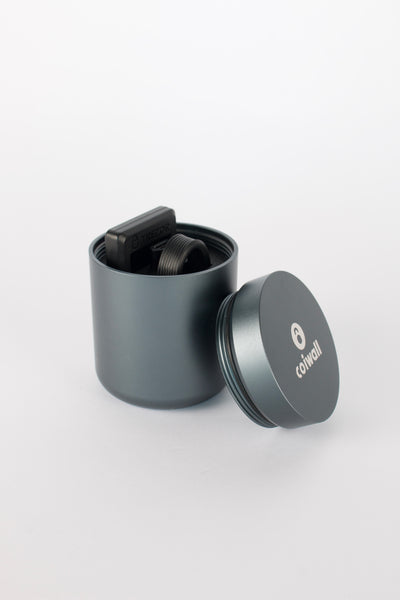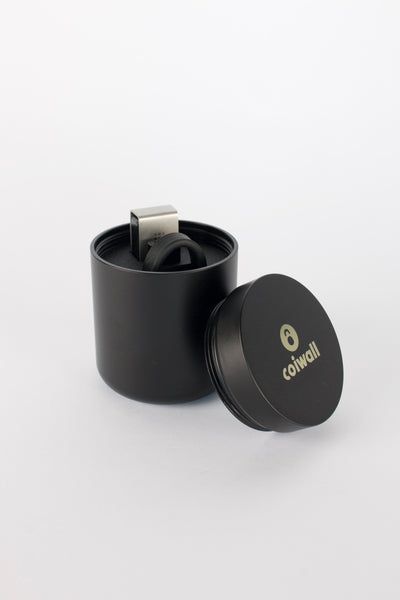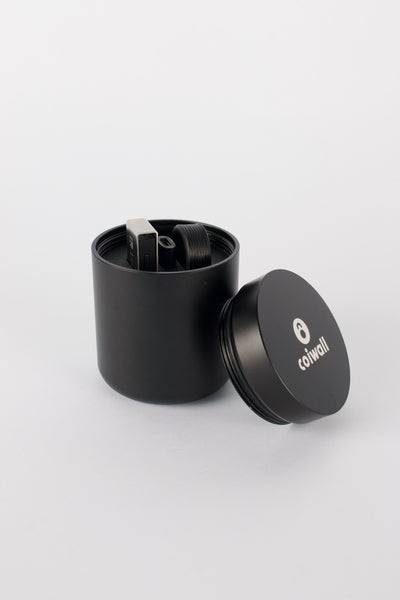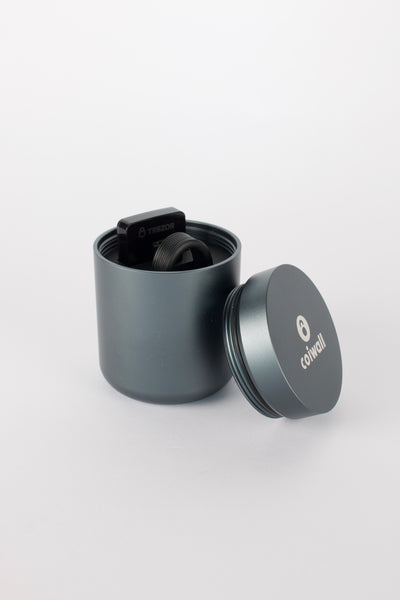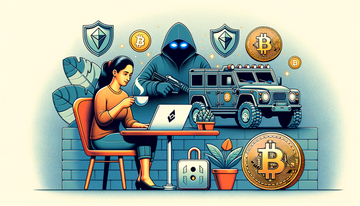Picture this: you’re sipping a latte in your favorite cafe, Spotify’s got just the right playlist, and you find yourself pulling out your device to make some quick crypto transfers. But that little voice in your head asks, “Is this safe?”
Why Public Wi-Fi Isn’t the Best Quirk
We’ve all used public Wi-Fi because, honestly, it’s convenient. However, it’s also notorious for being a playground for cyber mischief. While you’re busy checking emails or catching up on social media, lurking hackers might be eyeing your data. And if they’ve got the right tools, they’re not just looking at your data—they’re potentially making a digital copy of it. For most activities, this is risky enough, but when crypto is involved, stakes are even higher.
Security: The Heartbeat of Crypto
Let me explain; cryptocurrencies live on a secure blockchain, but that doesn’t make your transactions immune. When using a public connection, especially doing something as sensitive as accessing your hardware wallet, it’s like leaving your front door wide open. You wouldn’t do that at home, so why do it digitally?
How Hardware Wallets Add a Layer of Security
Enter the hardware wallet, the unsung hero of crypto security. Think of it as a digital lockbox inside a secret vault. Unlike software wallets, hardware wallets like Ledger or Trezor store your private keys offline. This setup is great for safeguarding your assets because, even if someone wanted to watch your Wi-Fi activities, they’d still be missing the keys that authorize transactions. However, using public Wi-Fi can still be a wobbly tightrope.
The Technical Bit—But Not Too Technical
While online, your hardware wallet is generally disconnected from the internet. You connect it only momentarily to sign transactions, which means your private keys don’t float around—even for a tiny bit—in the online ether. That’s crucial, and here’s why: public Wi-Fi is often a hub for man-in-the-middle attacks, where attackers intercept communications between your device and the internet. The good news is, intercepting a transaction is extremely difficult if captors can’t touch the keys!
Balancing Caution with Convenience
Choosing when and where to access your hardware wallet can be a balancing act. Do you prioritize convenience and quickly check in while sipping coffee, or do you wait until you're on a secure connection? Let’s be real: the latter seems less exciting, yet undeniably safer. You could argue that utilizing public Wi-Fi sensibly reduces your risks; however, we know it’s better to err on the side of caution.
So, Can You Use It Safely?
If you must use public Wi-Fi, take certain precautions. Implementing a VPN adds an encrypted layer around your internet activity. It’s not fool-proof, but it’s like putting your data inside an armored vehicle. Then, there are basic cyber hygiene practices—ensure that your hardware wallet’s firmware is updated, use complex passwords for your devices, and avoid using bank or crypto apps on public networks whenever possible.
Extra Layers and Added Assurance
Here’s the thing: hardware wallets are inherently designed to be difficult to compromise. Even the smartest cybercriminals hit brick walls with offline storage. Still, simple negligence can sometimes pave the way for catastrophic breaches. So, it pays off to complement the wallet’s security with your own vigilance. Like making sure you’ve got your seatbelt on before hitting the road, it’s better to protect your investments fully.
Practices That Should be Engraved
- Regular Updates: Constantly updated devices mean security holes are filled.
- Adjust Settings: When accessing public Wi-Fi, turn on firewall protection and disable sharing settings on your device.
- Prompt Logging Out: Always log out of your wallet after use.
- Monitoring: Keep an eye on your accounts for suspicious activities.
Concluding Thoughts
At the end of the day, our digital era moves with a speed that can leave us a tad dizzy. But amidst this whirlwind, safety should always be the anchor. When referring to crypto and the use of hardware wallets on public Wi-Fi, the key is to mix the allure of convenience with the consciousness of security. Ensuring a fortress-like security system isn’t just nice—it’s essential. After all, your digital treasure deserves nothing less.
Next time you’re lounging at a cafe, contemplating a transaction, remember this: your latte might be hot, but your security should be even hotter.

